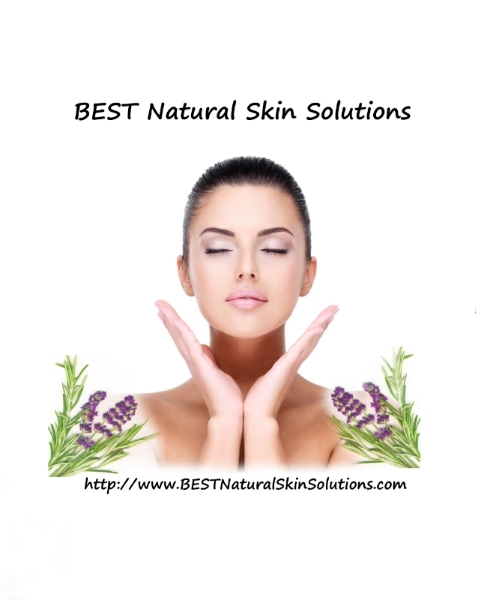(also see Post #1 of 2))
Hyaluronic Acid
Hyaluronic Acid (HA), which is also known as Sodium Hyaluronate, is one of the most popular ingredients sought for use as an anti-aging treatment. It exists in chains of polymers from 3,000 (or 3K) Daltons to as many as 20,000,000 (20,000K) Daltons in size. it is a substance already found in your joints, eyes and skin. In your skin, HA is found between the skin cells and acts as a water reservoir for them, able to absorb nearly 1000x its weight in water. It also contributes to the suppleness of the skin, and to the reduction of fluid loss. We lose HA as we age, causing loss of suppleness and increased thinning of the skin, effects which many try to fight off by attempting to treat their skin with topical HA.
In my research however, I found that there are some things to consider about HAs, that are not advertised. There are different kinds of powdered HA available for purchase, and that some may not be as appropriate for skin care applications as others. For example, lotioncrafter.com sells different powdered HAs which range from the largest molecular weight of 1000K-1500K daltons to the ULMW (ultra low molecular weight) of 3K-5K. Although all forms of HA provide moisturizing effects, there are differences between the low and high MW products. For example, beside providing hydration, the higher molecular weight products appear to also have anti-inflammatory effects, but, due to their large size, they might have some difficulty penetrating the skin. The very low molecular weight products on the other hand, are able to penetrate the skin far more easily, but may cause inflammation once they do.
None of the ready-to-use HA products let you know in the ingredients, what molecular weight HA was used, so how do you know if your purchased HA serum is in a MW range that will even penetrate the skin, and is not just moisturizing the outer skin surface?
This is a reason to make your own!
From my readings, it appears that a product that is approximately 50-100K Daltons is a good target range for a DIY HA serum.. Based on that, I chose the Hyaluronic Acid LMW (Low Molecular Weight), by lotioncrafter.com which ranges from 800K-1000K Daltons. Another pleasing property of HA of this range is that serums result in a gel while the lower MW formulas do not. The Hyaluronic Acid LMW does result in a very nice gel, while the next size down, the Hyaluronic Acid SLMW (Super Low MW), does not gel at all.
Here are 2 formulas I've made:
—————————————————-
1% Hyaluronic Acid (800-1000K Daltons)
- Add 2 tsp of distilled waterto a shot glass
- Sprinkle 0.1 g (100 milligrams) Hyaluronic Acid LMW to the water surface.
- Do not stir or swirl, just cover with plastic wrap or Press n Seal and allow to sit at room temp.
- Wait 1-3 hours; HA serum will dissolve on its own. Swirl to mix, and transfer to eyedropper bottle.
- Use 1-2 times a day. Best used after a shower or washing your face so as to induce the moisture to move into your skin along with the HA.
—————————————————-
19% Vit C, 2% Hyaluronic Acid (800-1000K Daltons)
- Add 2 tsp and 1/4 tsp of distilled water to a shot glass
- Add 2.7 g L-Ascorbic Acid (Vitamin C)
- Stir to dissolve. (** See changes below in July 2022 update!)
- When dissolved, sprinkle 0.3125 g (312.5 milligrams) Hyaluronic Acid LMW to the water surface.
- Do not stir, just cover with plastic wrap or Press n Seal and allow to sit at room temp.
- Wait 1-3 hours; HA serum will dissolve on its own. Swirl to mix, and transfer to eyedropper bottle.
- Use 1-2 times a day.
Note 1: There are no preservatives which is why making smaller volumes is best.
Note 2: Small amounts less than 1 gram are best measured using a scale meant for smaller measurements. A kitchen or postal scale (at least not the ones I have) will work unless they measure less than one gram. I purchased the model JSR-200. The scale costs about $28 and works very nicely. This model measures down to 0.01 grams (10 milligrams). You will benefit from small weight boats and spatulas, which I also found and purchased (see below).
Note 3: I am not an affiliate of lotioncrafter.com, just a satisfied customer, but I have tried to find some products below, with similar specifications from Amazon.



